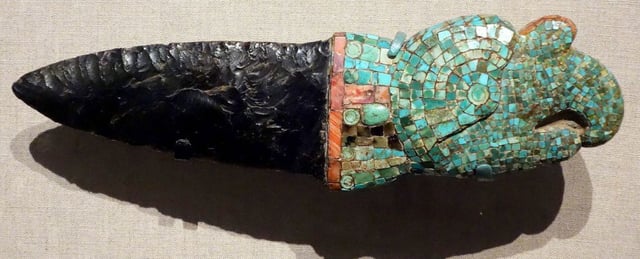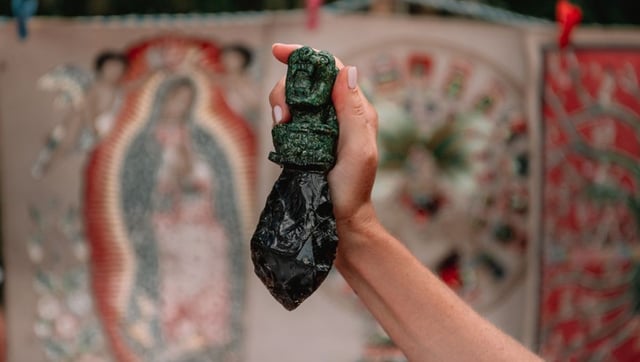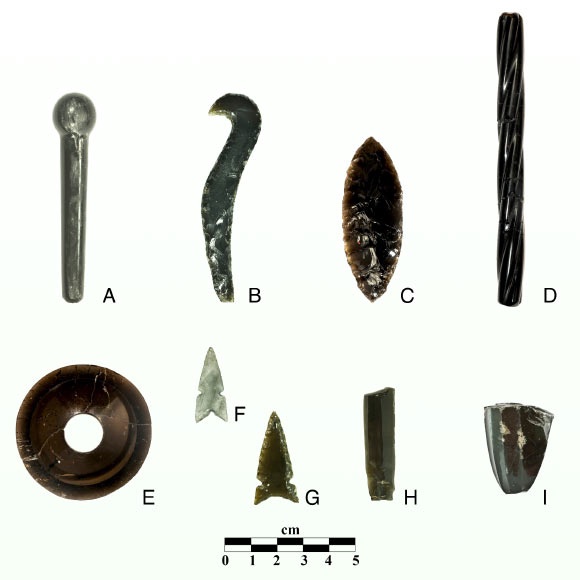Overview
- Scientists analyzed 788 obsidian artifacts from Templo Mayor, the Aztec Empire's central temple, using portable X-ray fluorescence (pXRF) for non-destructive geochemical fingerprinting.
- Nearly 90% of the artifacts were made from green obsidian sourced from Sierra de Pachuca, prized for its symbolic ties to the mythical city of Tollan and reserved for ritual use.
- Obsidian from at least seven other sources, including rival territories like Ucareo in Purépecha land, was used for everyday tools and reached Tenochtitlan through market networks rather than state control.
- The study tracks changes from 1375 CE to 1520 CE, showing a shift from diverse sourcing in early phases to centralized control of ritual obsidian after the Aztec Triple Alliance of 1430 CE.
- This research, conducted by Tulane University and Proyecto Templo Mayor, underscores the complexity of Aztec trade, religion, and imperial expansion through advanced archaeological science.



